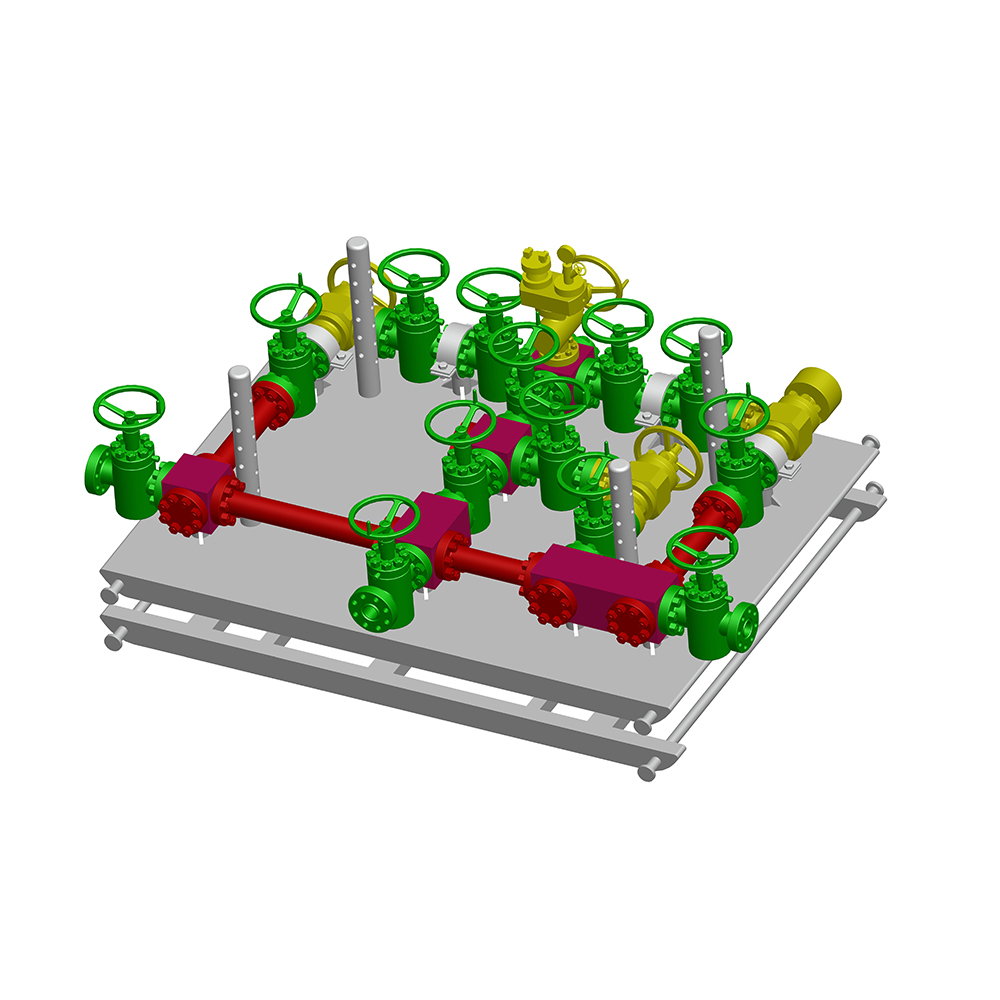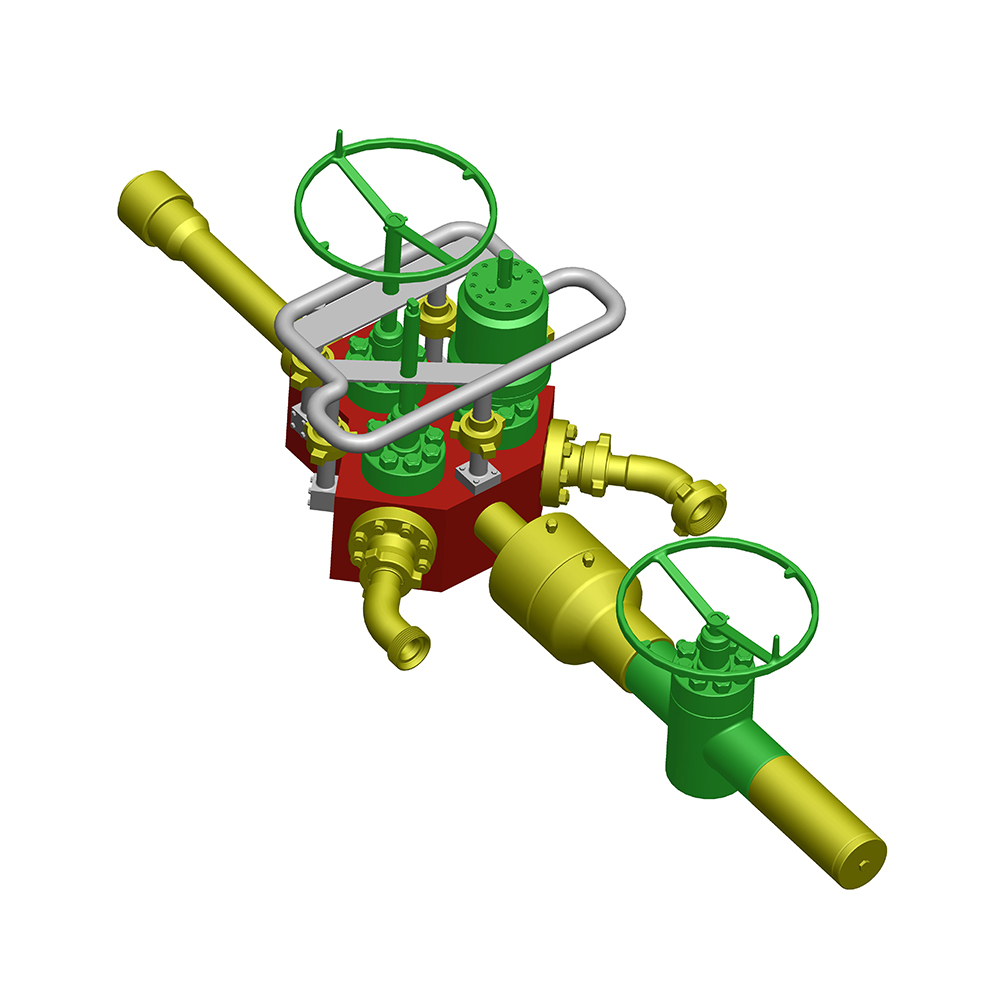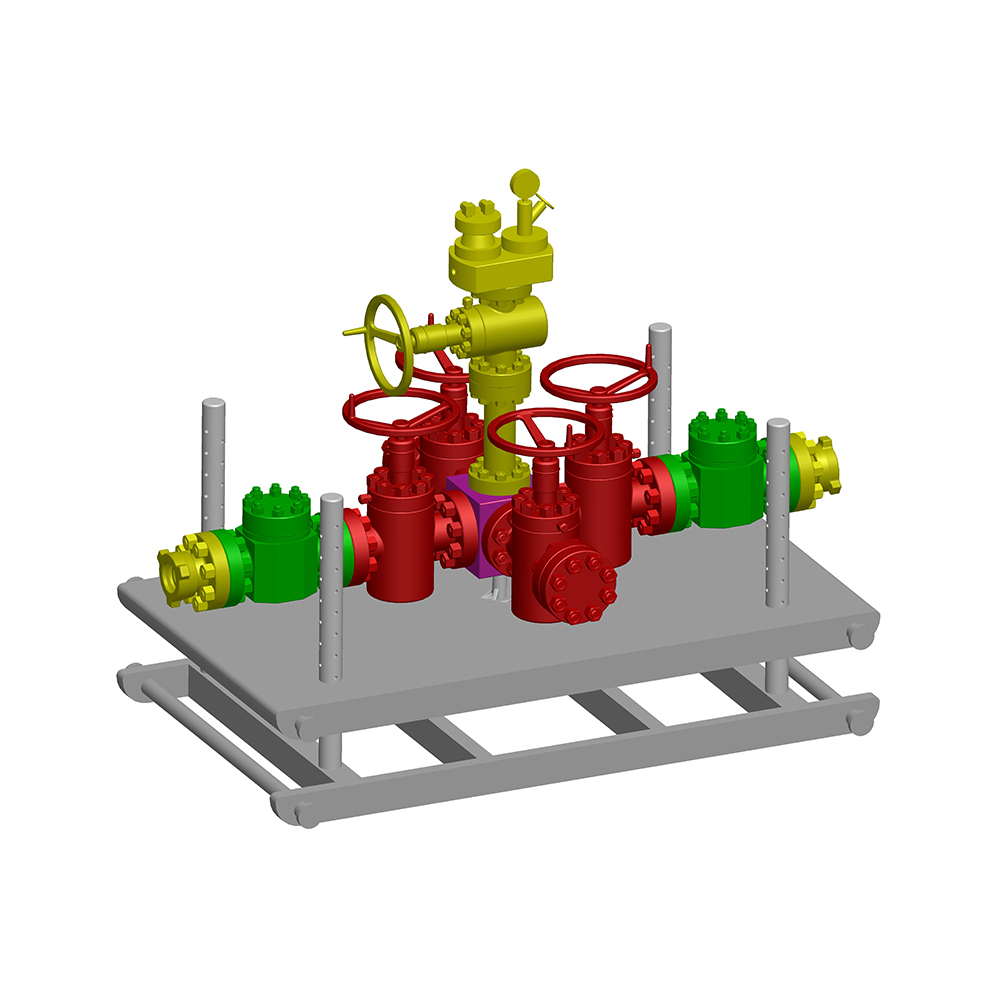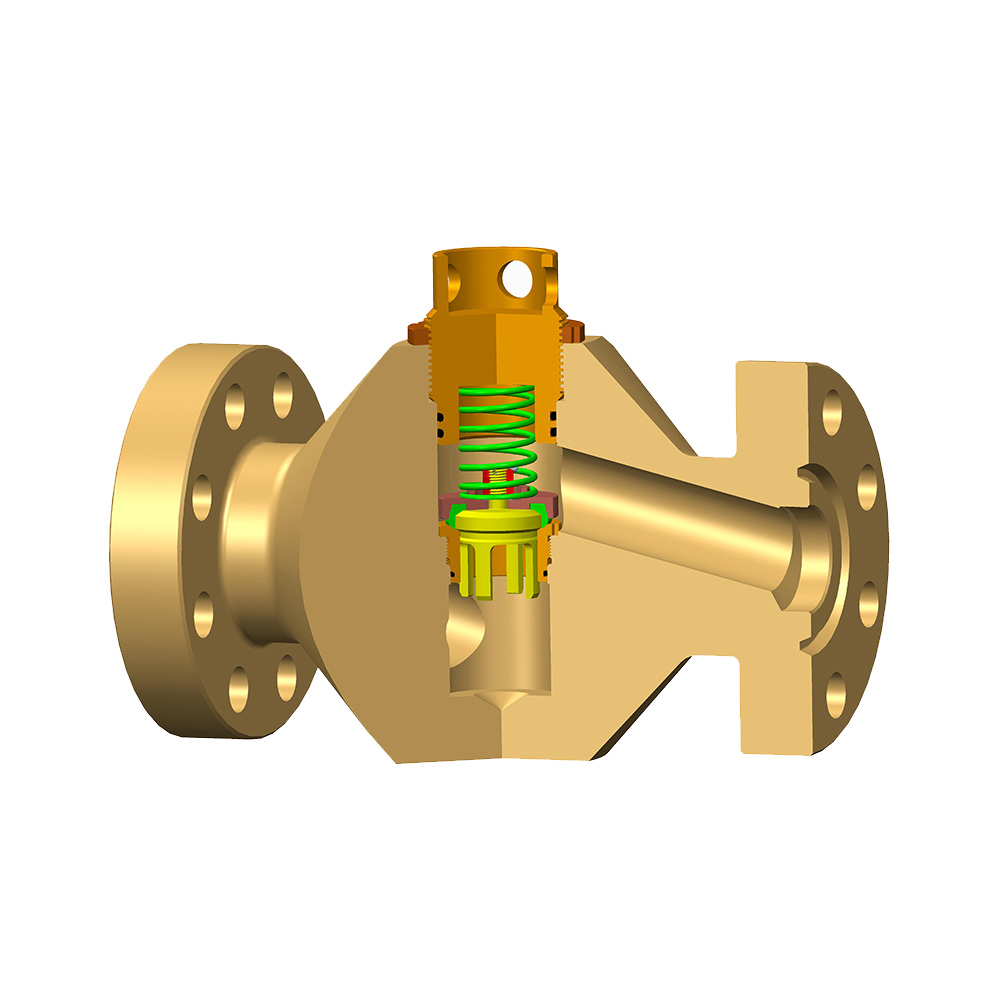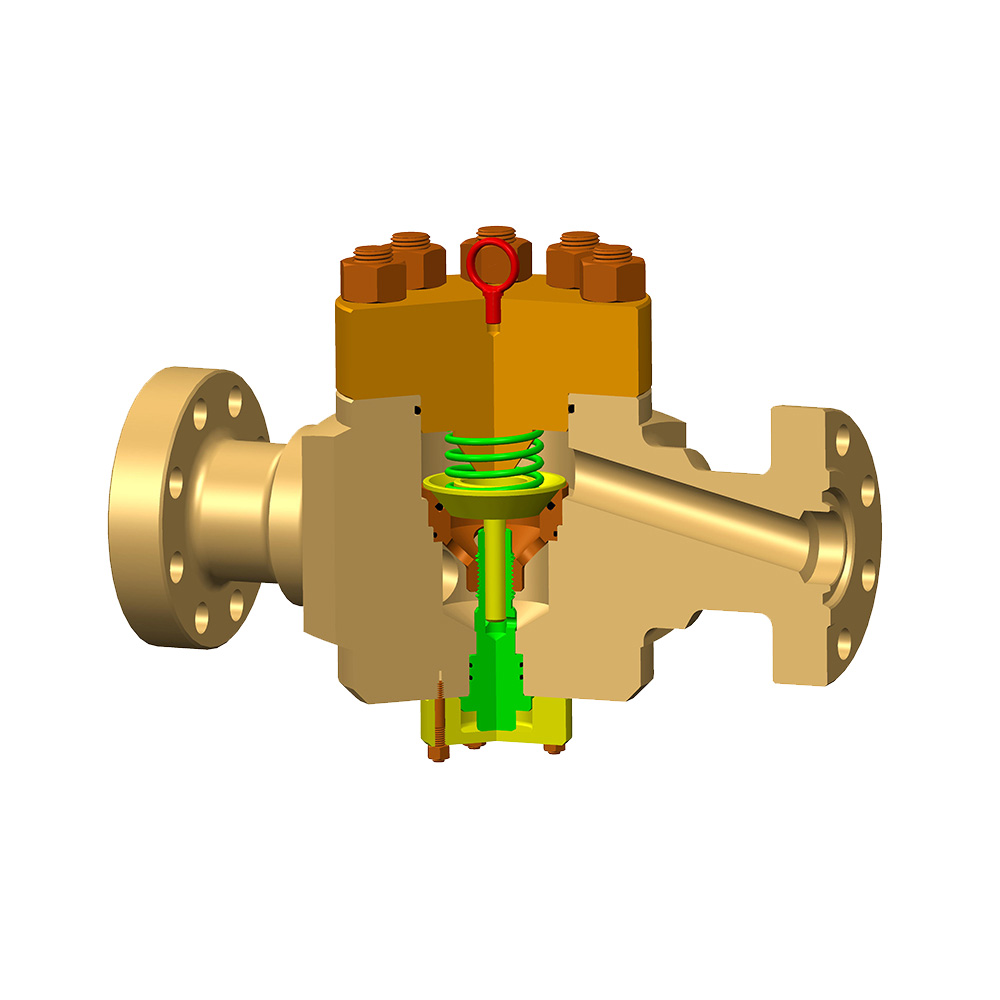In the process of oil extraction, the reliability of the fluid control system is directly related to production safety, environmental protection and economic benefits. As a key cut-off device, gate valves are widely used in wellhead devices, oil pipelines and storage and transportation systems due to their structural characteristics. However, behind its seemingly simple opening and closing function, there is a complex safety logic.
1. Structural characteristics and safety advantages of gate valves
The gate valve is opened and closed by lifting the gate plate perpendicular to the direction of the fluid. The straightness of the flow channel in the fully open state gives it two core safety advantages:
Low flow resistance design: When fully open, the gate plate is completely separated from the fluid channel, which can avoid valve body wear caused by turbulence or local high pressure, especially suitable for high-flow crude oil pipelines.
Bidirectional sealing ability: High-quality gate valves (such as hard-sealed flat gate valves) can still maintain forward and reverse sealing under high pressure difference environment, which is crucial for water injection wells or sulfur-containing oil and gas fields with pressure fluctuations.
Cases of international oil companies show that the leakage accident rate caused by seal failure in wellhead devices using API 6A standard gate valves is 37% lower than that of other valves.
2. Analysis of potential safety risks and failure modes
Although gate valves have significant advantages, there are still three typical safety hazards under extreme working conditions:
1. Operation failure caused by scaling and blocking
In a waxy and highly mineralized crude oil environment, asphaltene or salt scale is easily deposited between the gate and the valve seat. Statistics from the American Petroleum Institute (API) show that 23% of gate valve failures are caused by abnormal increase in opening and closing torque caused by scaling. In 2019, a blowout accident occurred in an oil field in Kazakhstan due to the inability to emergency cutoff due to the stuck gate valve, resulting in direct economic losses of more than 8 million US dollars.
2. Seal failure under pressure differential fluctuations
When the pipeline is rapidly depressurized (such as water hammer effect), the traditional elastic gate may lose its sealing force due to the reversal of the pressure differential. Experimental data show that the instantaneous pressure differential fluctuation of ΔP>10MPa can cause the leakage rate of ordinary gate valves to surge by 40 times.
3. Material corrosion and hydrogen embrittlement risk
In an acidic oil and gas environment containing H₂S, low alloy steel gate valves are prone to hydrogen sulfide stress corrosion cracking (SSCC). According to the NACE MR0175 standard, duplex stainless steel or nickel-based alloy materials must be used in such working conditions, but 15% of the gate valves in service still have potential fracture risks due to improper selection.
III. Systemic risk prevention and control strategy
In order to improve the safety performance of gate valves, it is necessary to build a protection system from three aspects: design selection, operation and maintenance, and monitoring technology:
1. Optimization of selection for working condition adaptation
Wedge-type elastic gate valves are preferred for high-pressure sulfur-containing oil and gas fields, and their V-shaped gate plates can compensate for temperature deformation;
Slab gate valves with scraper structures are recommended for solid particle media;
The low-temperature impact toughness of materials needs to be verified in deep-sea low-temperature environments (refer to ASTM A370 standard).
2. Preventive maintenance procedures
Perform valve stem grease injection regularly (high-temperature grease containing MoS₂ is recommended);
Perform torque tests every quarter to establish a baseline database for opening and closing torques;
Ultrasonic thickness testing (UT) combined with magnetic particle testing (MT) to monitor valve body corrosion.
IV. Industry trends: moving towards intrinsic safety
With technological advances, new gate valve designs are breaking through traditional limitations:
All-welded valve body structure: eliminates flange leakage points and is suitable for Arctic permafrost pipelines;
Nano-coating technology: The Cr-Al-N coated gate developed by FMC in the United States has a three-fold increase in wear resistance;
Digital twins: predict valve life through dynamic simulation and optimize replacement cycles.
As the "safety guard" of the oil industry, the reliability of gate valves directly affects the integrity of the entire production chain. Through scientific selection, meticulous maintenance and technological innovation, risks can be avoided to the greatest extent and the transition from passive emergency response to active defense can be achieved. Under the goal of carbon neutrality, technological iteration in this field will continue to drive the oil and gas industry towards a safer and more efficient direction.

